Centre for
Contemporary
Photography
Current exhibition:
‘Auto-Photo: A Life in Portraits’, June 5 – Aug 16, 2025
RMIT Gallery, 344 Swanston St, Melbourne

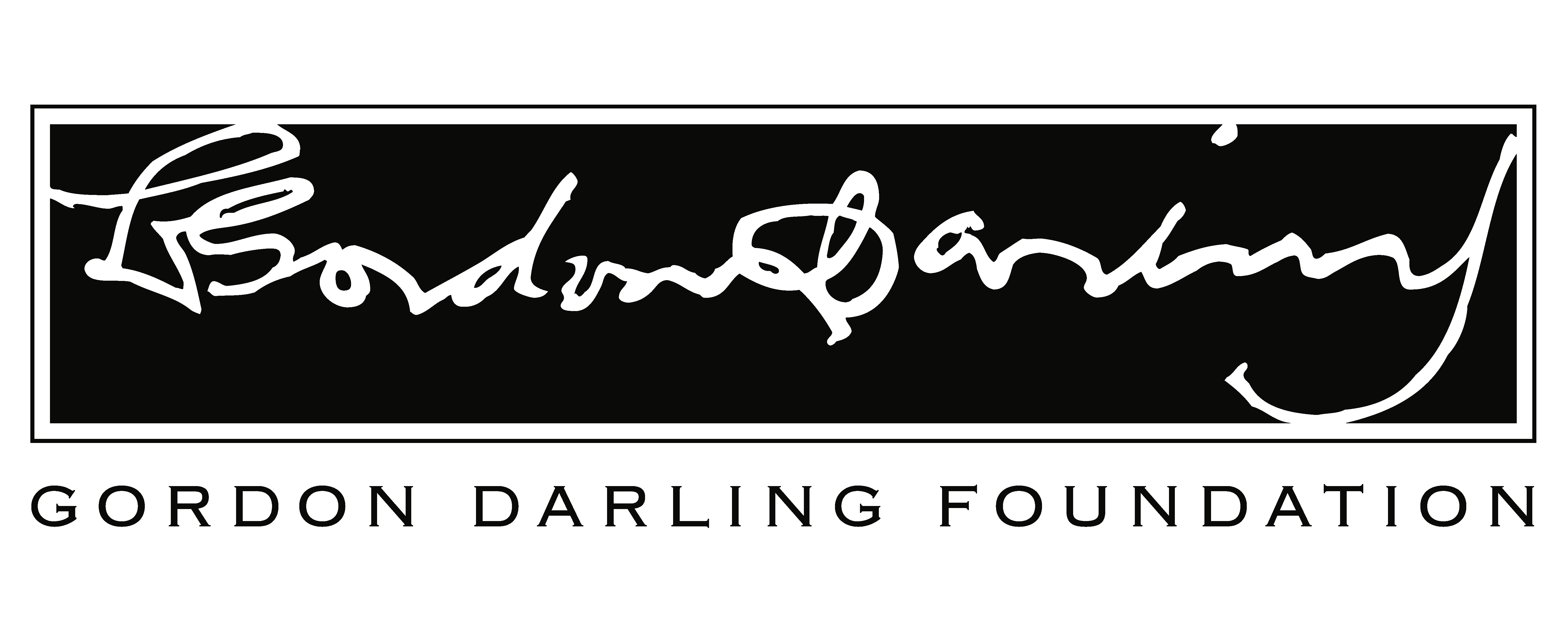

Ruth Maddison: It was the best of times, it was the worst of times is a significant survey exhibition focusing on Maddison’s social documentary practice from 1976 to the current day. Bringing together key historical works with a major new commission, this exhibition is a timely and focused look at one of Australia’s leading feminist photographers.
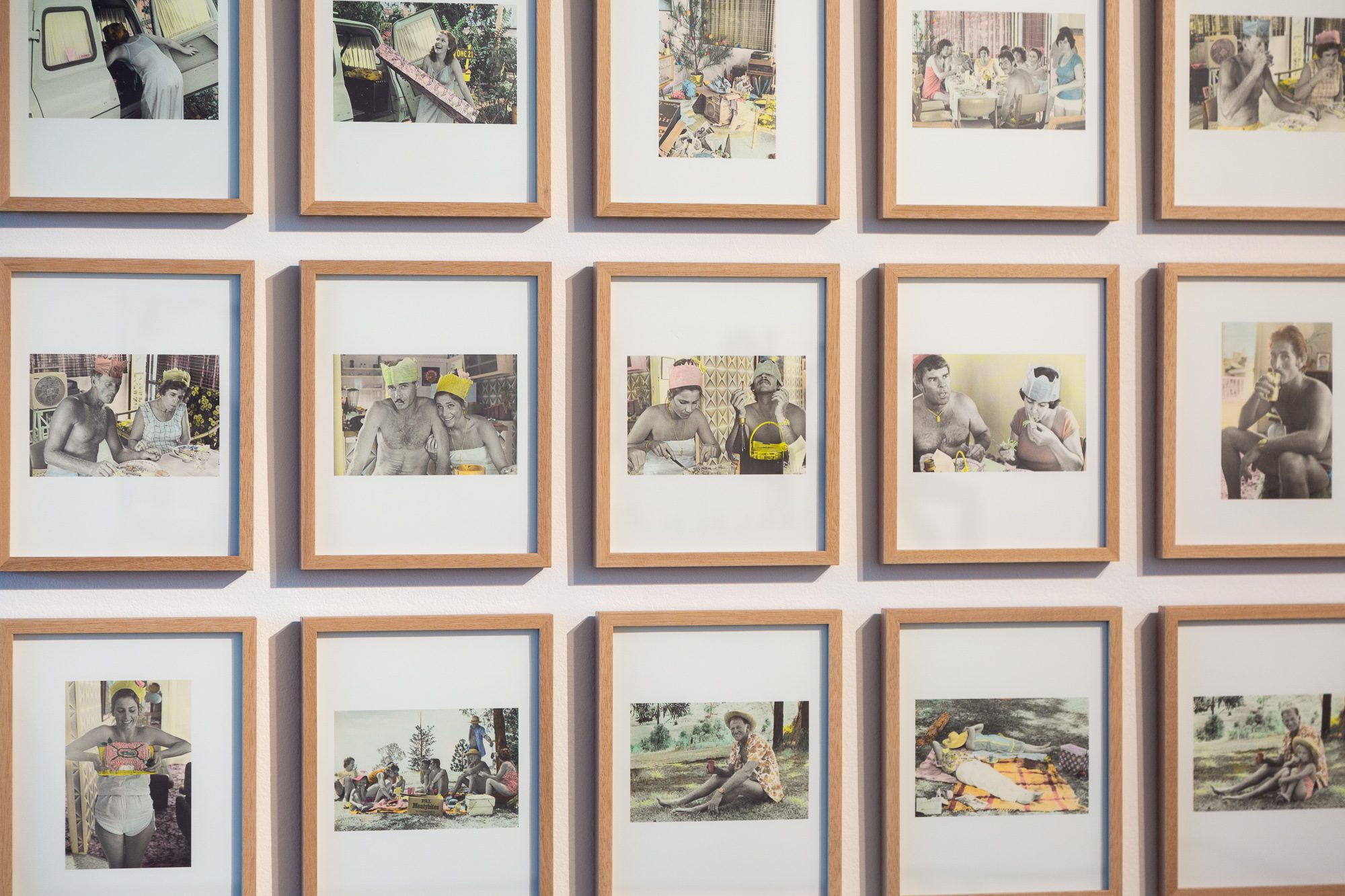
The exhibition features several key series, from Maddison’s earliest hand-coloured works Miss Universe (1979); her iconic Christmas Holidays with Bob’s Family, Mermaid Beach, Queensland (1979); a selection of series focusing on women in the workforce (from 1979); The Beginning of Absence (1996) documenting her father’s mortality; photojournalistic works documenting political rallies and activism in Australia (1975–2015); to Maddison’s more recent projects documenting the people and industries of Eden, NSW (2002–2014).
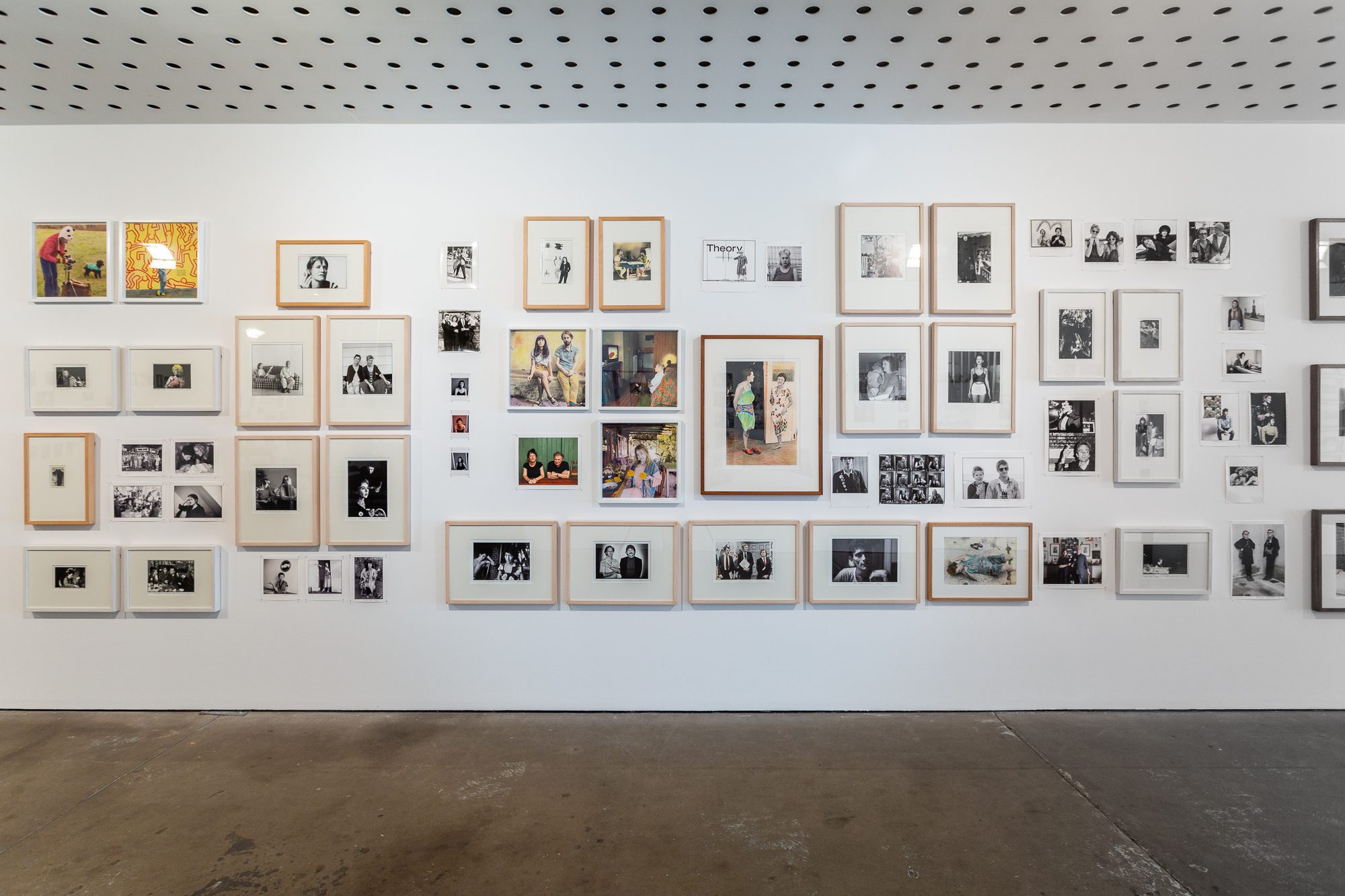
These works are presented alongside Maddison’s documentation of the cultural milieu of Melbourne with a focus on the late 1970s and 1980s. Her portraits of Melbourne’s leading writers, artists, theatre makers and musicians include Helen Garner, Tracey Moffatt, Steven Cummings, Jenny Watson, Mickey Allen, Ponch Hawkes and the founders of Melbourne’s Circus Oz amongst others.
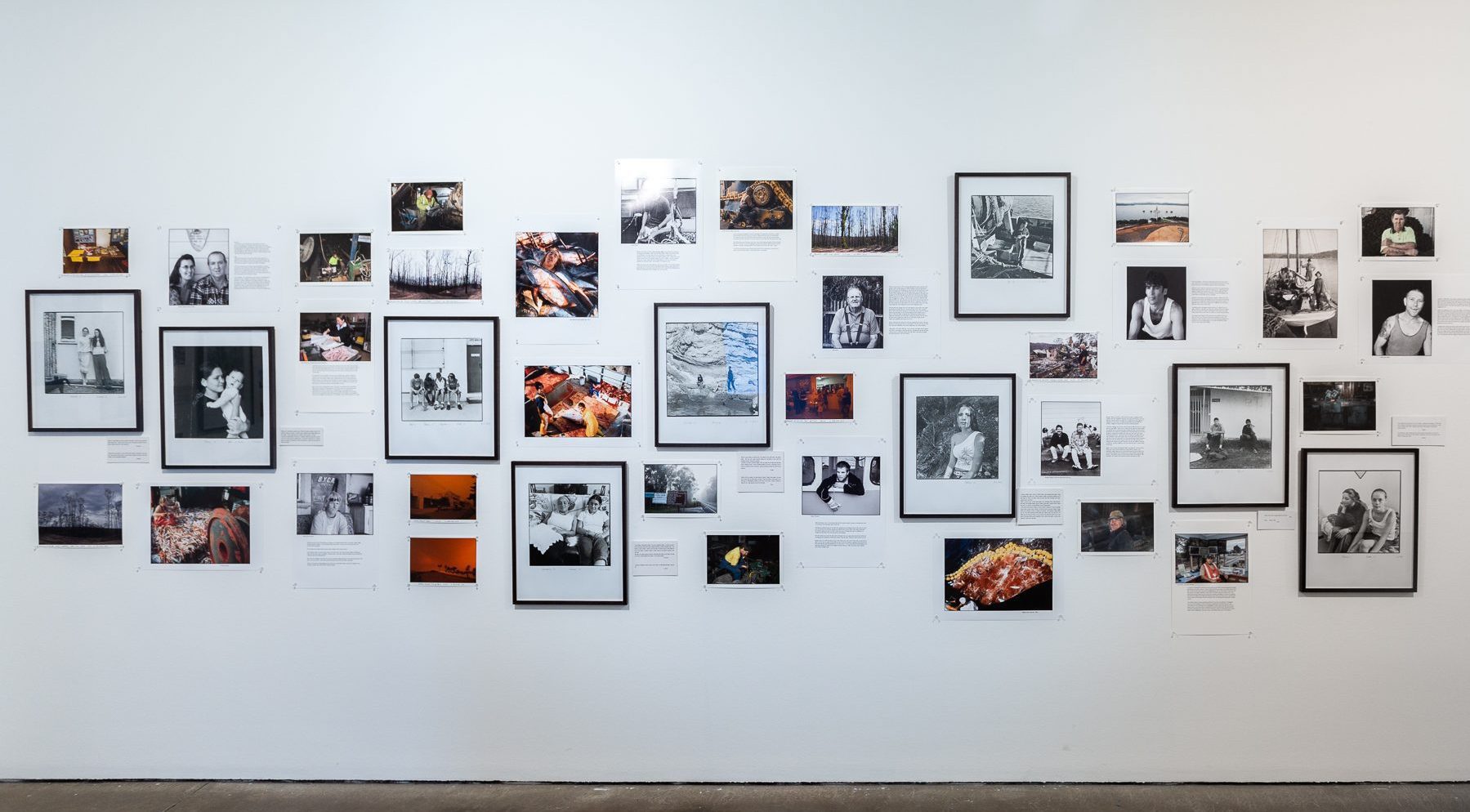
Maddison’s more recent projects documenting Eden’s people and industries illustrate the changing face of regional Australia and the societal pressures that have come to bear. The Eden teens captured in Maddison’s 2002 series have now splintered, with half leaving town for new opportunities and the other remaining. The two industries — fishing and timber — that have underpinned Eden’s economy for decades have been dramatically reduced. While the 2019 bushfires, followed by the COVID-19 pandemic have further economically ravaged a community trying to rebuild itself.

The newly commissioned work The Fellow Traveller (2020) is an immersive photographic installation exploring Maddison’s father’s radical political activities in Australia and overseas from the 1950s–1980s, which were under ASIO scrutiny. Combining archival material, footage and hand-coloured photographs among a sea of revealing and curious images, The Fellow Traveller presents the shifting nature of long held personal and historical truths at a time of increasing social and political urgency.
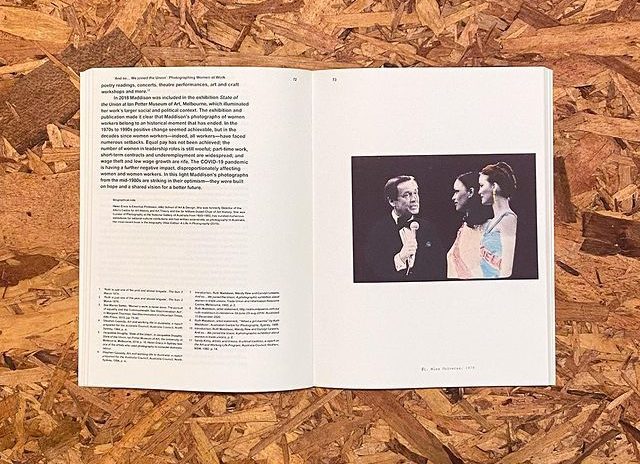
OLIVIA POLONI: It might be nice for viewers new to your work to hear how you describe your practice. Has it changed over the years?
RUTH MADDISON: How I describe my work probably hasn’t changed that much over the years. I didn’t describe it at all for a very long time. Initially I didn’t know if I had a practice. I took photos and things started to happen, meaning I started getting paid work quite quickly but irregularly. But for at least the first 3 years I didn’t think of myself as a photographer.
After my first solo – the good old Christmas Holidays… and Single mothers, I started to think of myself and my image making differently, because the NGV bought the Christmas set from the wall. Jennie Boddington, who was Senior Curator of Photography at NGV at the time, came in to see the show, asked me for a price for the whole lot and that was it.
It was always portrait and documentary for me right from the start. At that time in the 70s documentary photography was often referred to as photojournalism and in fact I was doing quite a lot of freelance photojournalism for various newspapers and magazines.
I think I’ve always kept it pretty simple. Portrait and documentary, and I’d describe myself as an art worker for a long time because I wanted to identify what I do, what I was doing, as work. Artists, even today, are often not considered to be real workers and I find that very frustrating.
My practise has changed in some ways over the years, or I guess I would say expanded… opened up. I’ve never been good at describing my practise in a particularly sophisticated way. I just talk about how I’ve made whatever the latest body of work is and will talk about different and/or new processes… media… I’ve bought into my practice in the course of making that particular new work.
I feel like I can encompass everything I do under the banner of documentary because I feel like I’m documenting the passage of my life via the journey the camera and my image making takes me on.
OP
And what a journey indeed. Your new body of work marks a significant family journey for you, one that traces the travel and political work of your father from the 1950s—1980s. You’ve worked with national and family archives for this project, with lots of questions being asked and truths being challenged. In the process of deconstructing and reconstructing material have you found answers for some of the questions and enquiries you first canvased when beginning this project? Have you even more questions now?
RM
When I began the fellow traveller project really the only question I had was: “What have I got here?” What’s in this material I had brought home from Melbourne to Eden from my parents’ house after my mother died — the second parent to die.
My sisters and I cleared the house and garage, and in the garage I found all of my father’s movie footage that he had shot in overseas countries when he was at various anti-war, anti-nuclear conferences, and some home movie footage. All of which we, the family, had watched, in the late 50s & 60s. Sam, my father, had got into it a bit. Bought an editing machine and a projector (which I’ve still got) and a screen.
I found some transparencies he shot in Kabul, Afghanistan in 1976, and North Vietnam in 1979. I found preparation notes for speeches for various May Day, Hiroshima Day, anti-Vietnam marches, photographs, a few peace badges…
I didn’t get the movie footage transferred to digital until about two years after I bought it all home. Then I started watching it all and thinking about the countries he had been in and when he was there.
It wasn’t until after I got home that I discovered there was an archive on his political life held in the Specials Collections Archive at Melbourne University, which had started when he donated all of his international posters to the Library. Later, after he died in 1999, my sister and mother (in Melbourne) donated a lot of other material to that archive.
Once I started coming to Melbourne to spend time at the archive, Katie Wood, archivist there, was very helpful. She gave me photocopies of all of Sam’s letters he’d written home from most of his travels. I hadn’t known they had gone to the archive. Katie also gave me jpegs of 130 posters from Sam’s collection. And I went through all the boxes of material the archive holds & photographed a lot of things.
Then I started going to Canberra and pouring through his multiple boxes of folders of ASIO files. And finally I started thinking, maybe I can make something with all of this.
Initially I didn’t think I had questions to ask. I was interested in throwing all the material up in the air and responding to things as they fell… as things came to my attention. A kind of stream-of-consciousness approach — non-linear.
When I watched all the movie footage, my first question was “When was he in this country?” The boxes with the original spools weren’t dated, but they did have ‘process by’ dates, and I know he only bought films when he was going away. I was kind of rough guessing.
Once I had his copies of his letters home to read I could start to put dates and footage together like — Wow! He was in East Berlin the day the Wall went up. He was there before and he was there the day it went up and afterwards. And Wow! He was in Cuba on May Day in 1981. And Wow! He was one of the earliest ‘civilian’ people to go into post-war North Vietnam in 1979.
The other place that helped me answer the dates/travels question was his ASIO files. I’d been bemoaning the fact that Sam didn’t keep his old passports, which would have been so interesting, but happily ASIO kept track of all of his trips. They had info regarding his arrangements with his travel agent showing dates and places of travel — which raised a question — was his travel agent, who was a bit of a family friend, and whose name I remember, an ASIO informant? ASIO also had some photos of early passport pages.
Subsequently I read a quote from a book called The File by Timothy Garton Ash. He said, “What a gift to memory is a Stasi file.” Which was hilarious to me because I was feeling the same way going through Sam’s ASIO mountain of files, getting so much information there about his movements — dates and places of meetings; and travels; and our old Mayfair car; and mum’s phone conversations about who would pick the kids up from school. Intriguing and helpful and ridiculous, and it’s kind of funny to be thanking ASIO for information and photos.
But we — family, us three sisters as kids, knew we were being watched by ASIO. Our parents told us, and told us not to worry. Those blokes would just sit out there in their car and not do anything. And we knew our phone was tapped. We knew the ‘click’ we heard was ASIO tuning in.
The ASIO files bought up a lot of questions for me. Sometimes the information contradicts some of Sam’s stories that he often told about himself, his political activities, some of which are in the public domain, and some of which have never been substantiated.
It’s an interesting thing for me to be thinking who do I believe? My father who I know would like to kind of push a tale a bit, or ASIO?
And then in relation to questioning some of Sam’s stories, I wondered — what did mum believe or know about a couple of Sam’s contention stories?
Via the ASIO files, I discovered information was either ‘Gratis’ or ‘Non-gratis’, and that made me wonder – would I believe someone being paid for info or someone willingly giving info for free? And how would I know who had an axe to grind…?
I discovered that every meeting Sam ever went to there was a ‘rat in the rank’. And in the travel agency, and working for various airlines, and even passengers he sat next to on planes were offering info regarding conversations between themselves and Sam!
So I wondered a lot about who I (we, the family) knew… came to our house… were supposedly friends, who were actually passing on info to ASIO?
The contradictions between ASIO and Sam in relation to 2 stories in particular, that I followed up with contemporary historians/researchers which further muddied the waters, made me think about the nature of ideology. About ideologues. My father was an ideologue, and I understand that ideology can blind you. Can close your mind. Can lead you to invent or embellish a story that you perceive as being helpful to your cause, or the way you want to present yourself.
Sometimes I think I would ask Sam particular questions about some of his own stories now if I could, but other times I think I wouldn’t. What does it matter? I’m not judging, I’m watching and learning & thinking. I have loved the time travelling with him and having him in my head in some new and revelatory ways.
He made stuff up. He told one passenger he was a lecturer (He and mum had an electrical wholesale business). But he is on record on his ASIO files, as having given some lectures at Communist Party meetings during the 1950s…
He told another passenger on another trip he was an importer of Polish foods. I thought all that was kind of funny. Walter Mitty moments. Sometimes when I order a takeaway coffee and I’m asked for my name, I’ll make up a name, just for a change.
The questions this stuff raised for me are — was every non-communist, or non-left wing thinker reporting to ASIO? Or did ASIO always put someone in a seat next to Sam when he went away? I have no answers.
The most revelatory moment in all my years of research and making the work for The Fellow Traveller was getting a partial transcript of a recorded interview Sam did with two of his friends a couple of years before he died. That is when I read, for the first time, some reference to the breakdown of communism in the USSR and all of eastern Europe and what it meant to him. I have edited a section from that part of the interview and written it across my last portrait of Sam.
When the Soviet Union fell apart he was also falling apart physically, and he never talked about what was happening in the S.U. and subsequently in other communist countries. Not to anyone — family, friends. Nada. So it was very poignant, sad for me to read what he said years later. But also that he recognised the value, the importance of his lifetime of peace activism.
Really, I think the project brought up things I would like to have conversations about, with my mother and with my father, rather than questions to them. But no one left to talk to — or to ask.
OP
I’m really drawn to your idea of ‘time traveling with my father’. Experiencing your exhibition at CCP is like time travelling; you record people, place and time, and the viewer gets taken on a wonderful journey. It also exposes how we are currently facing the same politics and issues highlighted in your works, some decades ago. Still marching for the same causes. Your images of the women demonstrating in the 70s and 80s could have been taken just weeks ago at the March 4 Justice. Do you feel differently now about what role photojournalism/photo documentary practice plays in telling a story? Or can you shed light on how the genre has changed over the years?
RM
The role of photo documentary/photojournalism is probably pretty much the same — that is, to illustrate a story, to tell a story, or to highlight an aspect of a story.
Maybe I would say that photo documentary/journalism has opened up, rather than changed. I think ‘traditional’ photojournalism is still used and valid, and different approaches are now being explored, used as well. The ‘new documentary’ doesn’t only use ‘straight’ images but can incorporate fabricated and imagined images, and seemingly disparate but emotionally resonating images, as well as text, drawings… anything really. It acknowledges that truth in photography is variable if not questionable, and always subjective. And photographers push those truth/fiction/subjective boundaries to produce ways to tell a story, or to investigate an issue, an emotional response to information, to personal experience… anything.
I’ve been reading a book by Tom Griffiths, The art of time travel. He writes about historians and their craft, their different methodologies. And he also talks about historical fiction, which many historians reject, but which Griffith talks about as a way of shedding a different light on aspects of history. One of the chapters is about the work of historian Henry Reynolds. Reynolds talks about ways historians approach history and notes that for some, their fundamental question is ‘How can we know?’, but his question is ‘How should we live?’ OR maybe I would say ‘How do we want to live?’ Maybe the difference between those two questions is relevant to contemporary shifts in documentary photography.
I think for photojournalists who were employed as staff or used as freelancers for different news outlets, that arena has changed enormously.
Post digital, over time, all newspapers and magazines dismantled their darkrooms and also eventually closed down their photography departments. That is, fired the photographers, despite them having changed from analogue to digital cameras and processes. Journalists now mostly do the words and images — images using phones — and often the video footage via their phones as well. It’s all become much harder for freelance photojournalists to be paid for their work, or to have their work seen, certainly in print, but maybe that in part explains the explosion of photo-books, and online platforms that produce online magazines looking at new work of all kinds. Also photographer collectives that focus on visual storytelling continue to thrive and expand, such as Oculi and Lumina in Australia. And web sites and social media are heavily used arenas for work that didn’t exist when I started.
In relation to war photography — photographers connected to news outlets and freelancers used to rush off (or be sent) to any number of war zones anywhere in the world whenever something erupted. Now both local and invading armies, as well as governments, often just don’t allow any news reporters of any kind into the country during civil wars, uprisings, even popular protests. Sometimes the armed forces will have one photographer ‘imbedded’ with them, whose images have to be approved before they can be published.
The counterpoint to this is democratisation of image making via mobile phone camera use. Look at what’s happening right now in Myanmar — the protesters are using their phones to get information out to the world at a time when the military that has staged the coup is doing its best to shut down all means of communication between Myanmar and the rest of the world. And the killing of George Floyd in police custody. Filmed by many people on their phones and sent out to the world. Sometimes real news will out.
OP
With the series Girt by Sea, Can’t see the Forest and Now a River went out of Eden you worked closely with your local community in Eden to tell their stories. There’s a certain amount of trust and care inherent in that type of project. Can you talk about the relationship you build with your subjects?
RM
By the time I did the first Eden project I was already well used to making documentary work — image only and image with text — in all kinds of different communities large and small, and the Eden projects all follow on of the two approaches I’d always used.
I think it’s about my genuine interest in a person’s life. We are all unique and we are all so similar. I want to know how people live their domestic life, work life, recreational life.
For me, any photo session is usually a fairly immediate, friendly and energetic — actually quite an intense, shortish period of time. I always have a conversation first and I’ll often ask quite personal questions and happily answer anything anyone might ask me. It’s often almost as if the conversation is the point of the encounter, and then it’s “Let’s do some photos.”
My other way of making documentary work is to somehow become a fly on the wall. I’m in a situation but not necessarily having much individual contact. It’s clear that I’m there but almost like I’m not seen, and I just carry on with the camera.
Eden has become a particularly easy place for me to photograph in — as in photographing whatever and wherever I want to. Now a river went out of Eden was first exhibited at Bega Regional Gallery, 50 kms up the road. The teens, their families, their friends were all thrilled to be on a gallery wall. And then the work was exhibited at Stills Gallery in Sydney, and then a complete series purchased for the collection of the State Library of NSW.
That project was what made locals see what I do as work… not just “Oh here’s Ruth wandering with her camera again.”
And unlike a city situation, when I wanted to do the fishermen and the timber workers, I knew a lot of the commercial fishermen and some of the men who worked in the sawmill or the chip mill or drove the log trucks. When I contacted both of the mills and asked permission to come and photograph anything and everything and ask questions, it was a yes straight away. The same asking any of the fishermen — “And can I also come on your boat?” It was always yes.
I guess my interest in people, in how we are similar despite that not always being immediately obvious, is what makes the connection, the trust, happen.
OP
What do you hope audiences take away from your survey exhibition at CCP?
RM
How DO you think of audiences? Having an exhibition makes me an audience of my work. Once work is out of the studio and on the walls in a gallery everything is different. That’s when I can look and be objective… that works, that doesn’t work so well… wish I’d done whatever… So in one way, I think the exhibition is primarily for the artist.
It’s hard for me to say what I hope audiences will take from my show. Maybe an awareness of the work of it, my commitment over a long time, an awareness of the different ways I like to work, that I love what I do.
And maybe that there’s a way for different people to connect with some of the work, that something resonates with their own life, or maybe shows someone something they may not have thought about before. Overall, perhaps to reflect on time and place.
Panel Talk — Timeless Documents: Collaborative Catalogues Presenting Multiple Todays to Help Reinvent Tomorrow
Catalogue Launch — Ruth Maddison: It was the best of times, it was the worst of times
Panel Talk — The Photography of Ruth Maddison
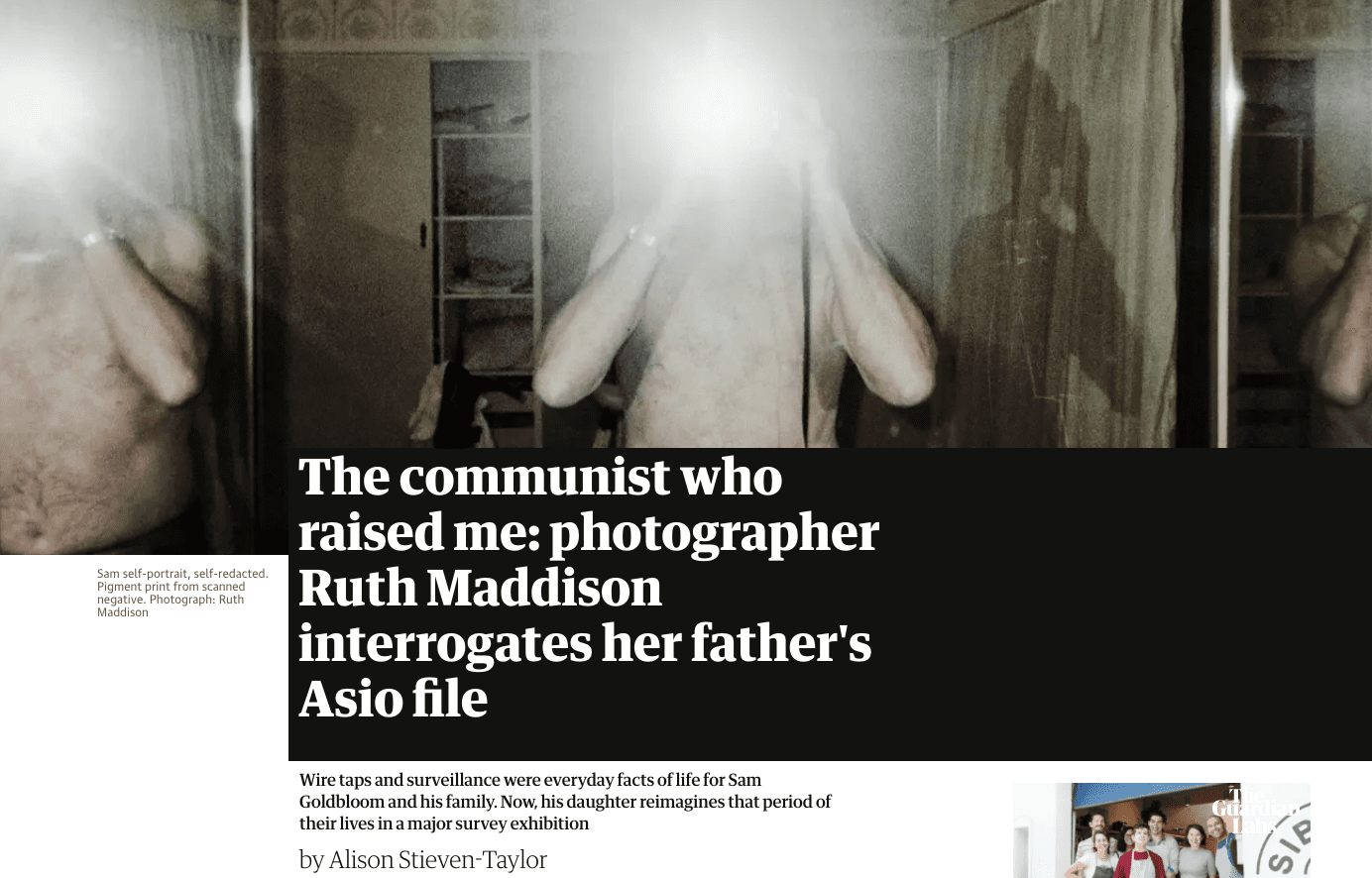
The Guardian — The communist who raised me: photographer Ruth Maddison interrogates her father’s Asio file. Journalist Alison Stieven-Taylor writes about Ruth Maddison practice and personal history. View the article here.
Notifications